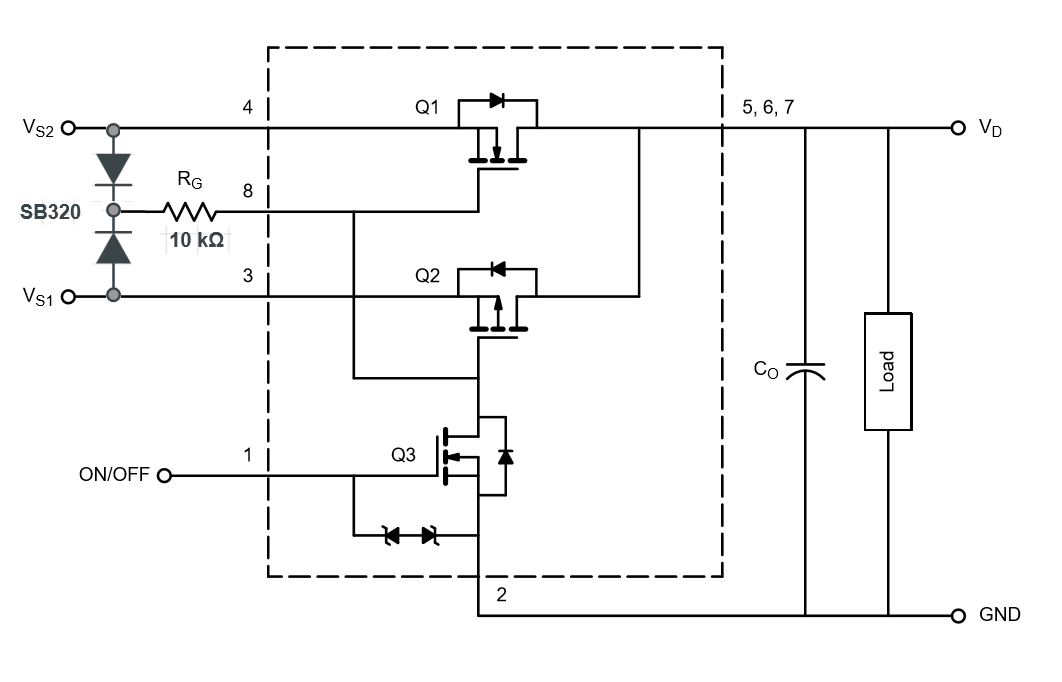Trying to create a switch-over with two p-channel MOSFETS using arduino. I need to switch between 2 sources with a GPIO pin from my arduino. I've looked into ideal diodes such as the LTC4414 and the LTC4415 but its hard to get them with my local supplier and I want to see if this is possible using FETs. I've seen some solutions using just diodes but I am not really interested in the inefficency they introduce.
The purpose is to do a power switchover e.g. source 1 dies, source 2 switches on.
Source 1: 11.4v, 1300mah nimh
Source 2: 12 DC wall adapter
The circuit it powers will sometimes require somwhere between 2-4 amps peak.
Would the following circuit work?? I don't have any p-channel mosfets to test it out (side note: recommendations welcome). I'm trying to keep everything through-hole (yes I know ... relic of the past) but I don't have the necessary gear to solder small stuff.



SOURCE2into your Arduino via R4, so your circuit will blow up instantly. \$\endgroup\$